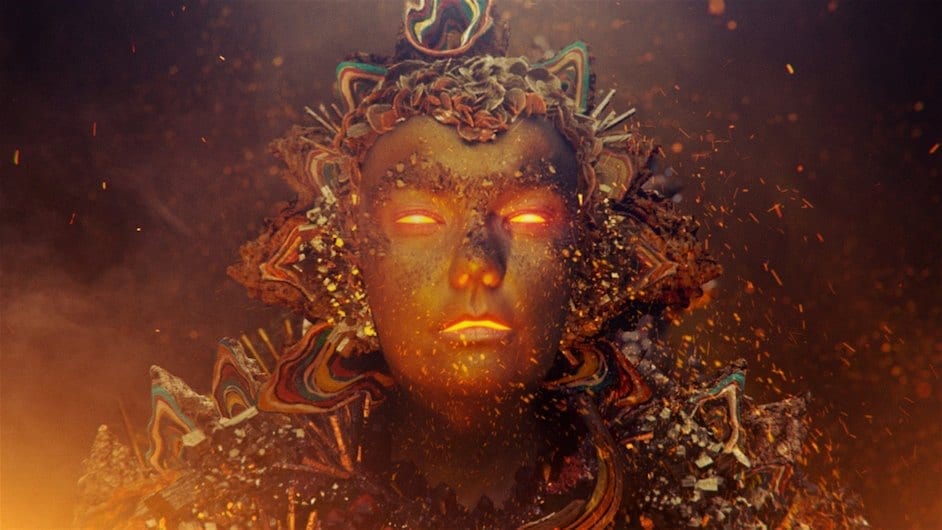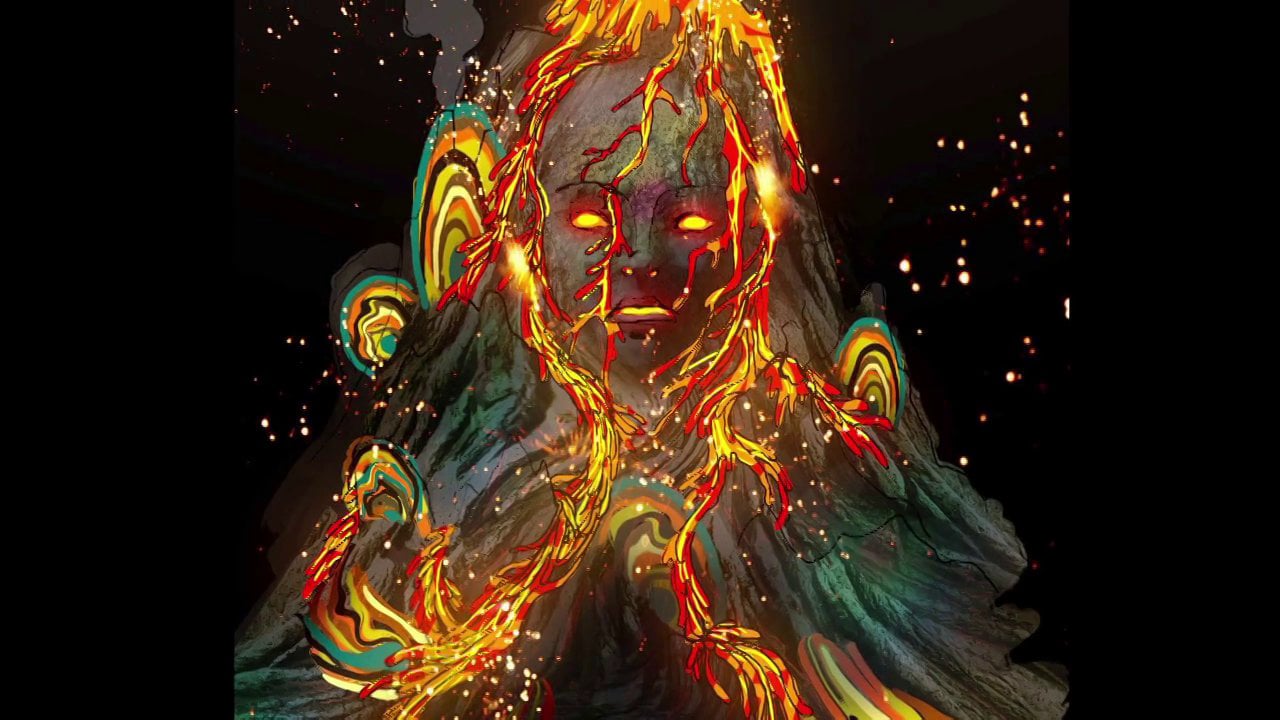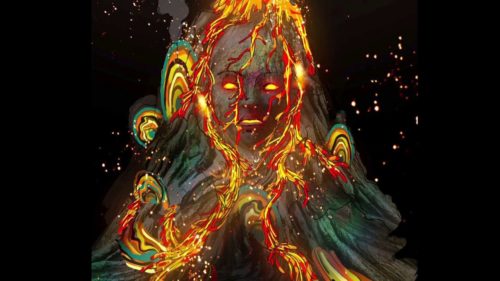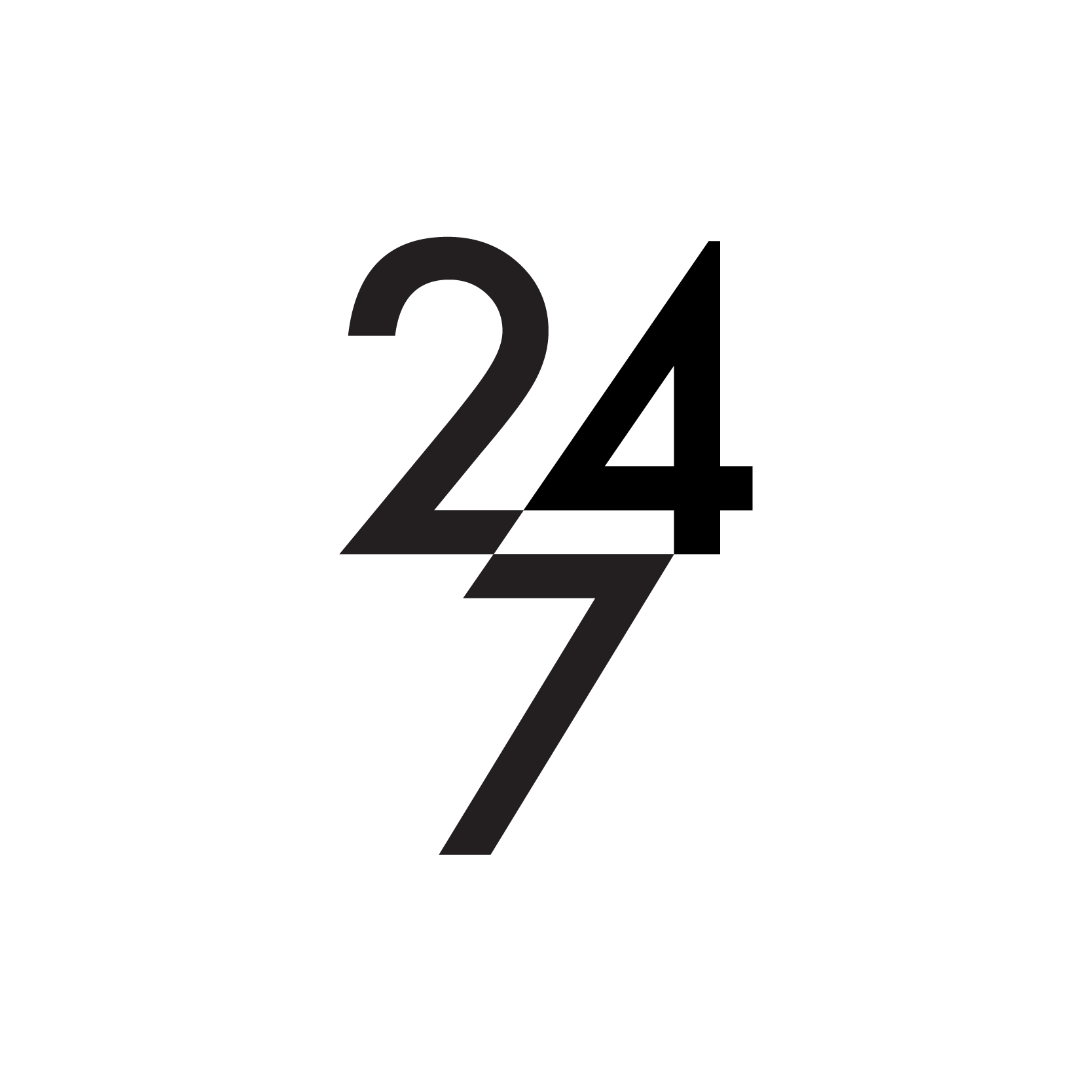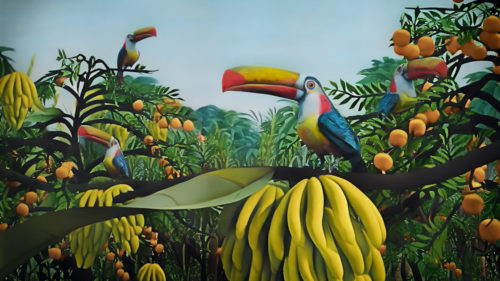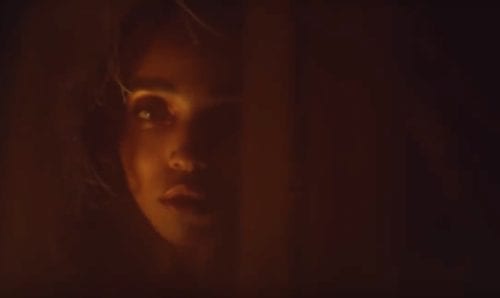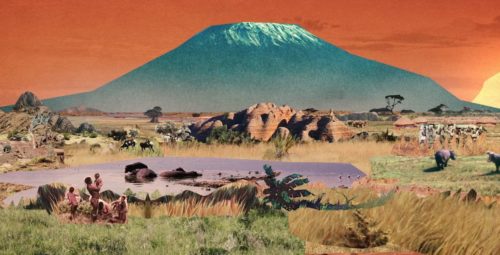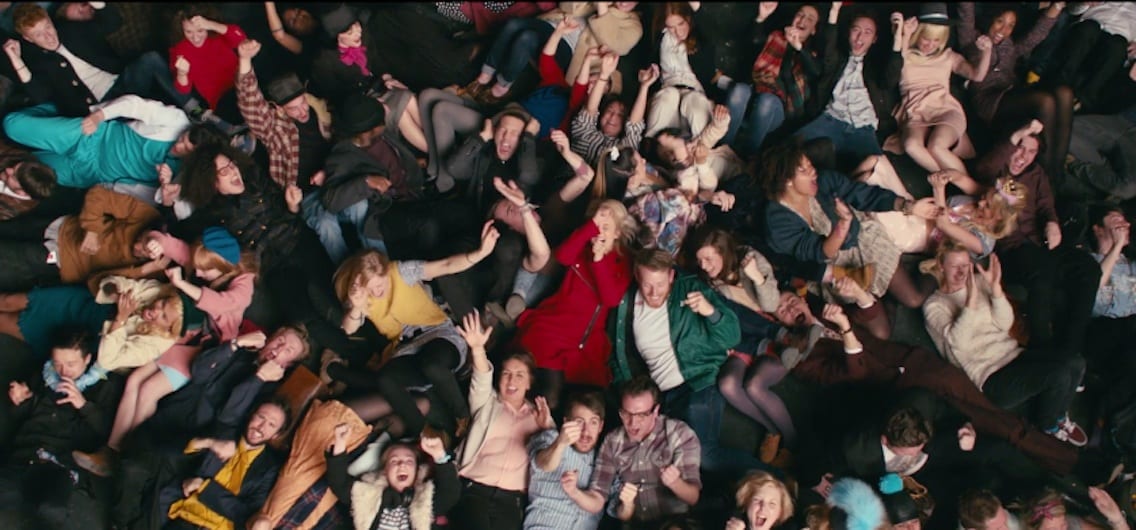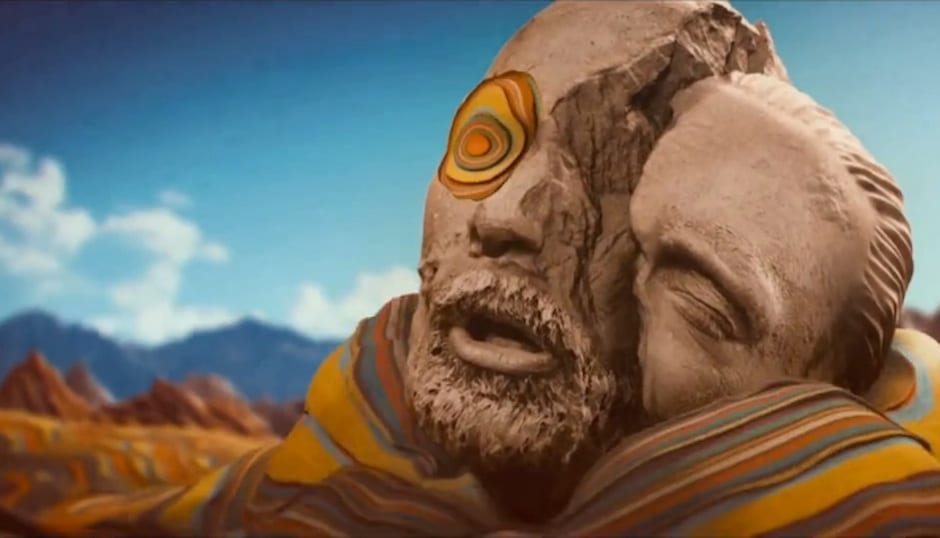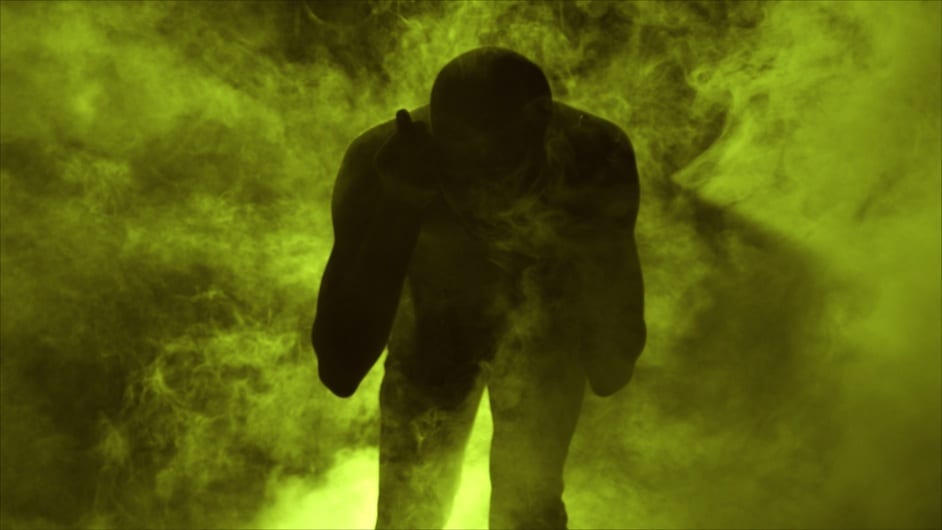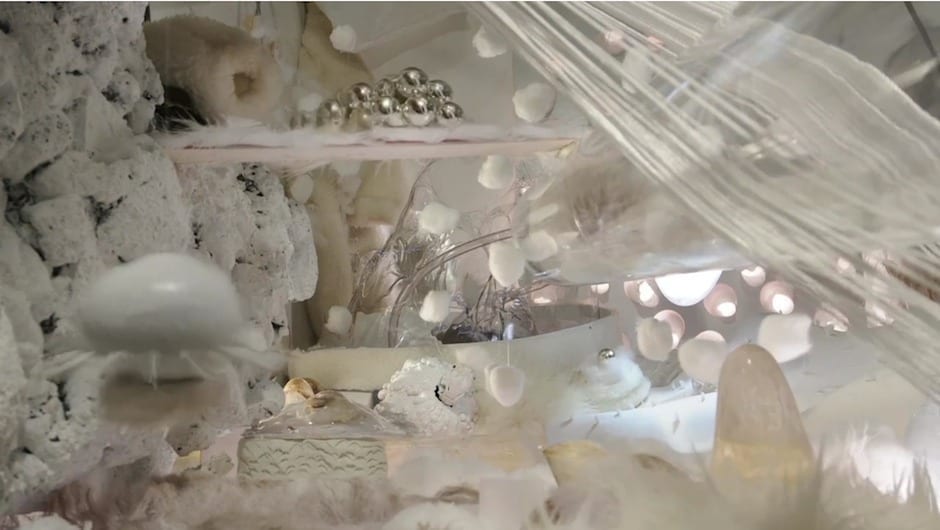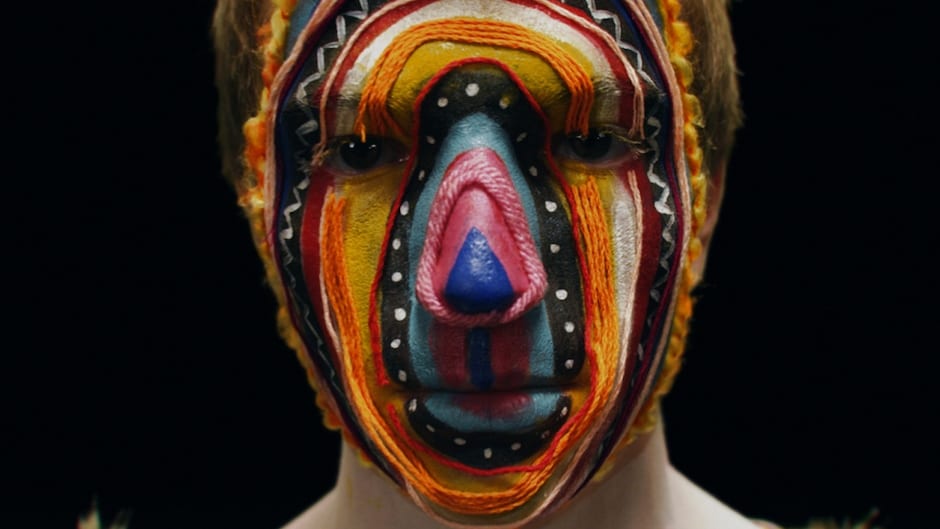We featured Andrew’s beautiful short film Solipsist on 1.4 a while back and have had our eyes on the LA-based artist and filmmaker ever since. His latest film for Bjork’s track Mutual Core is very much rooted in the same aesthetic world, yet Andrew has pushed the boundaries even further. Well, it’s Bjork, so you probably have to right?!
As fans of Andrew’s work we’re delighted that he chose to offer 1.4 this exclusive and very first interview on the project and to share the news of his signing to Blink for UK representation across commercials, music promos and fashion films.
How did the project first come your way? And how did the concept develop? How closely involved was Bjork?
Bjork’s collaborators Mark Bell and Matthew Herbert had sent my film Solipsist to her within the same week. Mark contacted me saying that he had sent it to her, and then two hours later I got a phone call from Derek Birkett at One Little Indian saying that she saw the film and loved it. Bjork and I began bouncing emails back and forth, and she elaborated on the song, the lyrics and the app. I ran off and did a bunch of sketches, and shared with her my vision for the video, with our conversation as the launch point. Bjork was very trusting and hands off through the process, but also enthusiastic and very plugged in. She’s been an extremely generous collaborator.
Did you feel a sense of pressure knowing the level of expectation that surrounds an artist on that level? And do you think you’ll feel similar on future high profile commissions? Is it a one time thing do you think or as an artist yourself is there always a degree of pressure that’s self imposed?
I definitely felt pressure. From her past collaborations, I had some very big shoes to fill. Future pressure will definitely be there and it’s always very self imposed. But I think it’s also dangerous to always try and one up yourself as an artist. Everyone’s career has ebbs and flows. I want to grow and continually challenge myself. But I’d hate for this one project to be a constant measure of comparison for all my future jobs. I feel like I have a wealth of new ideas that I want to explore, and I think my creativity will best flow when the pressure is off and I’m free to play.
Talk us through the preproduction – how much previsualisation did you undertake? Was it quite straightforward to carve the treatment into CG vs in-camera shots?
I spent more time prepping for this one than normal because of the ambitious nature of it. I did concept sketches and storyboarded through the whole video. I created detailed layout diagrams for the crew in Iceland and special designs for different rock shapes and rigs. It was especially important to make sketches for our rigging, because these were puppets that had to move a certain way and the actions of the boulders churning was so specific. We also had to design ways to get the sand to push and bulge, as well as getting Bjork half buried beneath a raised platform. I don’t think my method of working is ever straight forward. It’s always a back and forth process of dealing with constraints and coming up with round about solutions. Layering, stripping away and redoing until you finally accept what you have on camera.
And how did the time restraints around access to Bjork determine your shoot schedule and the scope of the project? Where did you shoot the footage with Bjork?
We had to shoot Bjork in Reykjavik, Iceland because she had just gotten back from her residency in South America and was preparing for an ambitious European tour. It was important for her to rest, and I was happy to return to Iceland (I was there on vacation coincidentally only about 10 days prior). My shooting schedule was quite ambitious, and we ended up shooting for 18 hours the second day.
As a director there’s always a sense that all eyes are on you come shoot day – you’re the one steering the ship. But I can’t imagine it would be like that working with someone who obviously chose you in recognition of your own position as an artist. Was it more collaborative on the shoot? Did Bjork require much “direction” I guess I’m asking!
Bjork is a natural performer and actress (despite her own past ambivalence about acting). It seems so instinctual to her, as her songs are so physical and emotive. I was able to give her either straight-forward physical direction (e.g. pick up this rock) as well as emotional cues that I wanted for the sake of the pacing of the video (e.g. sing this line as if you were trying to reconcile with a lover).
We had many conversations about the tone of a particular verse or the general intent behind the song, and she brought many ideas to the table on how to deliver her performance. Ultimately Bjork understands best the emotional nuances of her own song, and I let her make those acting choices as we rolled. And those choices she made were always surprising, subtle and beautiful. Again, she’s a natural and our time on set was very collaborative, so working with her was very easy.
And tell us about the post – it looks even more epic in scale than Solipsist! What were the key creative and technical challenges at that stage of the process? What do you think you learnt on this project that you’ll take to your next piece?
It was a monster. I absolutely have to thank the VFX Executive Producer David Lyons for generously letting us run the post through Moo Studios in Hollywood. The biggest challenge involved getting the boulders to roll through sand. I wanted to do this practically, but once you pull something out of sand you can’t shove it back in. I hired some brilliant guys to develop a CG particle system to get the boulders to kick up sand. It was millions of particles and would take days to simulate. That was scary.
The other big challenges were things like motion tracking multiple puppets per shot (sometimes there would be eight in a shot), then animating each one, rendering, lighting, compositing. And of course just simply keeping track of the multitude of steps it takes for each shot and who was working on what. We developed this color coded chart that coordinated everyone and it was just a challenge to emotionally calm down and break an elaborate scene down into simpler executable parts. It was a lot of sleepless nights. But there was always the constant enthusiasm of “oh my god, we’re working on a Bjork video.”
Do you have a sense of where you want to go next as an artist? I’ve sort of assumed it makes more sense to talk about you as an artist who works in the video medium rather than a director because that seems limiting somehow?
At the moment I’m really into the idea of abstract puppetry. I love the classics like Jim Henson and stuff, but I think there’s something haunting when our brains can sense human movement, but can’t make sense of exactly what we’re looking at. I have an obsession with certain materials and textures, which is why I can see myself working in more of a fine art / fashion context. I also want to explore other palettes. My work originally started out very dark, and the colors of Solipsist was a liberating move. But I’m ready to go dark again 🙂
What do you do with all the miniatures and physical objects you create on these beautifully intricate projects? Do they all reside in a warehouse somewhere in LA? Or does your apartment have a rather quirky mix of interior decoration!
The rocks from Mutual Core have been sitting in an Ikea bag in my car for four months. And the costumes from Solipsist are also stuffed in bags in my closet. I like to keep stuff for the materials in case I need to recycle ribbon or glitter or whatever it is. But I’d be lying if I said I didn’t have some sentimental connection to these pieces.
Anything else you’d like to say?
Thank you for featuring my new video! This one has been dreamy 🙂
